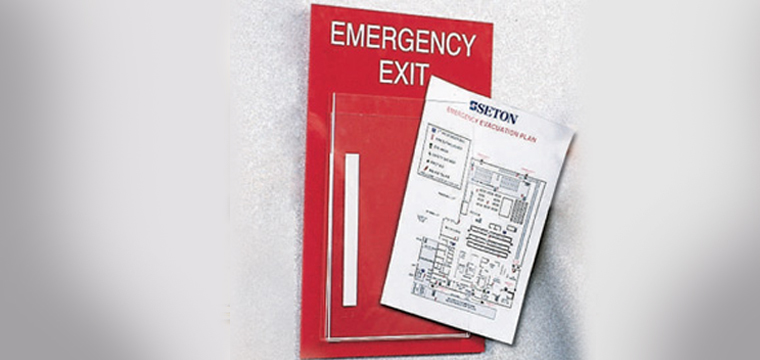When to exit a trade?
One of the ways to take out the guesswork in an exit plan is to employ a trail stop strategy

IN my career as an investment solicitor, I had this one rare experience, which I can equate to a principle in trading and investing. As I entered one office, the receptionist handed me a piece of literature and encouraged me to read it while waiting at their lounge. The material was about the office configuration, with emphasis on being safe while at their premises, and identified the exit points in case of emergency. This was quite a rarity for me and could hardly forget the experience. After a while, I thought of the same idea whenever I discuss investment strategies. As we enter the financial market, at the top of our minds is how to be safe and identify exit points.
More so today, when the stock market is doing well and has attracted a lot of participants, this very simple principle might be of big help. Any newbie in the market would always have the question “what stock is a good buy?” They are very eager to enter the market and call themselves either an investor or a trader. They would ask around, do a bit of research and read about the companies they would buy. This is good practice. But once they are in the market, the bigger challenge is about to unfold —when to exit the market? There are two directions stock prices move: up or down. So, in either direction, one should have an exit plan.
The most difficult plan is handling a losing trade. The choices are to cut at a small loss, hold on, or buy some more. I think the usual option for many is to hold on. It takes guts to realize a loss and more guts (and money) to buy some more when the stock dips. This will be a long discussion on which option is best and the usual answer to this is “it depends.” A list of variables will be needed to come up with a clear- cut answer.
But our objective today is the much easier topic: when to exit a winning trade? Put another way, how to protect your profits and possibly maximize it? One of the ways to take out the guesswork in an exit plan is to employ a trail stop strategy.
Let us dissect this for better understanding. “Trail” means to follow. “Stop” means, in trading, an exit point.
Simply put, as the price rises, so does your stop point or exit point. Say you bought a stock at P100 per share and started rising to P120. What would you do? Simply start monitoring the stock and its closing prices and put your stop at about P116. This means you are protecting about 15 percent to 16 percent of the paper profits, which is about 20-percent contraction of the paper gains. Should the stock continue to rise, say, to P125, you can put your stop when it closes back to P120 or below it. When the price reaches P130, you place your stop at P124. At this point, you are now protecting a profit potential of about 24 percent. So on and so forth. This way, the monitoring is simply focused on the price.
The next question after this is how much downside should one consider before taking out the position? The answer depends on the goals of the trader or investor. Usually, traders don’t stay in the market that much compared to an investor. Hence, a trader may put a tighter stop compared to an investor. The trader may put a 10-percent to 20- percent trail stop criteria, while a longer- term investor can put up a 25-percent to 50-percent trail stop.
What if the price keeps going up and you don’t exit? This is well and good, which means profits are piling up. But, at some point, you may want to employ the “house money rules” principle. This is very, very simple. Once the paper profits scored a 100- percent gain, sell half of your stakes and forget the remaining. The proceeds of your sale, which is like 50 percent or more of the previous position, will be used to enter another trade or position. This creates a new set of positions out of the original. Do this as often as possible and you will see your portfolio grow.
To sum up, the trail stop strategy bodes well for any type of market player and for any market that one is involved in. The ability to get in at the right price at the right time is as important as the ability to sell. While investment and trade decisions are largely influenced by emotions, this approach overrides that make the selling/exiting of a position more strategic and logical.
 Ricky So is a Registered Financial Planner of RFP Philippines. HE is a independent Financial Adviser of Rampver Strategic Advisors, and a Columnist of Business Mirror.
Ricky So is a Registered Financial Planner of RFP Philippines. HE is a independent Financial Adviser of Rampver Strategic Advisors, and a Columnist of Business Mirror.
Source: http://businessmirror.com.ph/index.php/en/business/banking-finance/17493-when-to-exit-a-trade
Comments
3,048 total views, 1 views today












Social